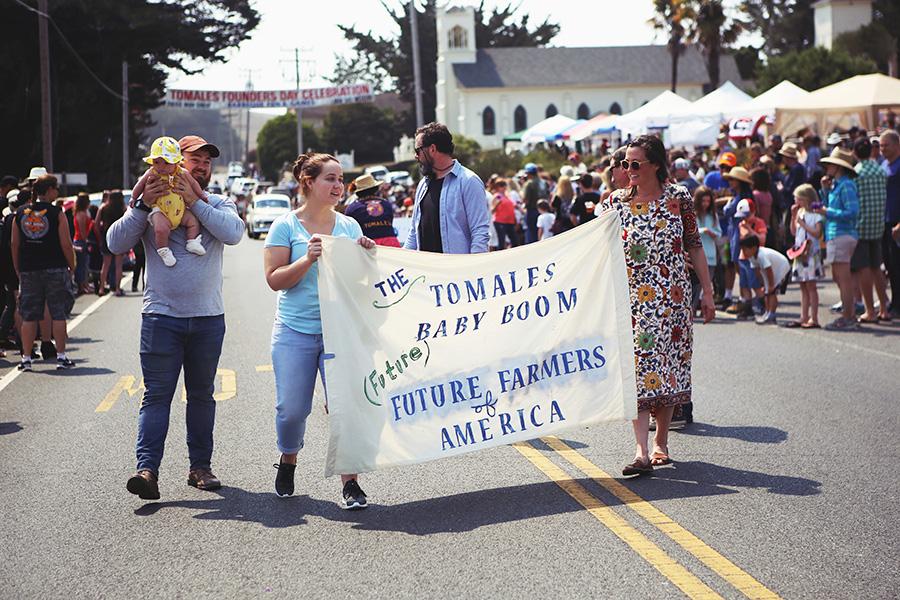At the Tomales Founders' Day parade on Sunday, spectators lined Highway 1 to watch fire trucks, farmers and dairy princesses saunter down the street . . .
In agricultural Tomales, glimmers of a baby boom


At the Tomales Founders' Day parade on Sunday, spectators lined Highway 1 to watch fire trucks, farmers and dairy princesses saunter down the street . . .